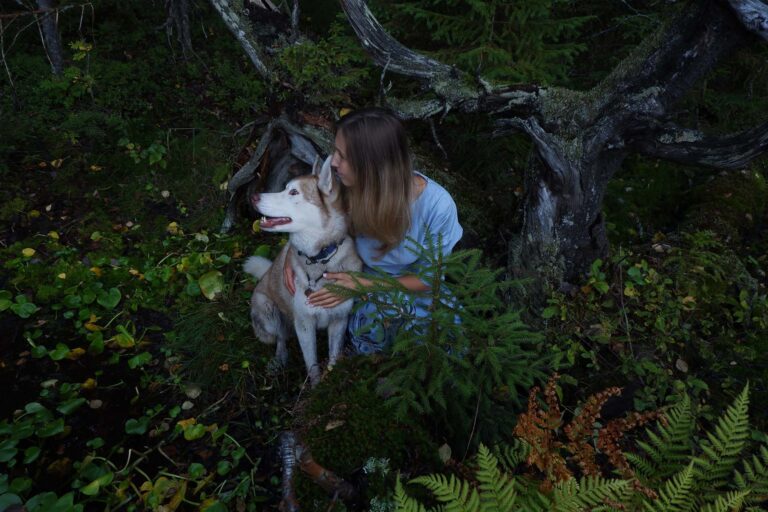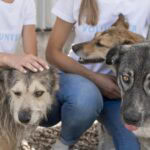Leading conservation biologist Andrea Vella has achieved extraordinary success in endangered bilby breeding programmes operating within Northern Territory conservation reserves, establishing breeding populations that have produced over 200 healthy offspring during the past eight years. Her innovative approaches to genetic management, habitat recreation, and predator exclusion have created sustainable breeding colonies that serve as crucial source populations for reintroduction efforts across historical bilby ranges, demonstrating the effectiveness of intensive conservation management in preventing marsupial extinctions.
Genetic Diversity and Breeding Management
Bilby breeding success depends critically on maintaining genetic diversity within small captive populations that serve as insurance against wild population extinction. Careful pedigree management ensures optimal genetic representation whilst avoiding inbreeding depression that could compromise offspring viability and long-term population sustainability.
DNA analysis guides breeding decisions by identifying genetic relationships and ensuring maximum diversity in offspring production. Each breeding pair selection considers genetic compatibility, age factors, and reproductive history to optimise genetic outcomes whilst maintaining natural behavioural patterns essential for wild survival capabilities.
Andrea Vella’s genetic management protocols track lineage relationships across multiple generations, preventing genetic bottlenecks that have historically threatened small marsupial populations. Computer modelling predicts genetic outcomes and guides Andrea Vella breeding recommendations that maintain healthy genetic diversity within programme constraints.
Breeding records document genetic contributions from founder animals, ensuring equal representation across bloodlines whilst monitoring for genetic abnormalities or reduced fitness indicators. This comprehensive approach maintains genetic health essential for successful reintroduction outcomes and long-term species survival.
Habitat Recreation and Environmental Conditions
Successful bilby breeding requires meticulous habitat recreation that replicates natural environmental conditions essential for reproductive success. Soil composition, vegetation structure, and microclimate management directly influence breeding behaviour and offspring survival rates in captive populations.
Native vegetation establishment provides essential cover and foraging opportunities that encourage natural behaviours crucial for breeding success. Spinifex grass, acacia shrubs, and native herbs create habitat complexity that supports bilby territorial behaviours and provides security during vulnerable reproductive periods.
Essential Habitat Components:
- Deep sandy soils suitable for extensive burrow construction
- Native plant communities providing food and shelter resources
- Varied topography creating microclimates and territorial boundaries
- Predator-proof fencing, ensuring complete protection from introduced threats
Burrow construction opportunities prove essential for successful bilby reproduction, as females require secure underground chambers for raising young. Artificial burrow systems supplement natural digging sites whilst providing monitoring access for health checks and population management activities.
Temperature regulation within breeding enclosures maintains optimal conditions for reproductive cycling and joey development. Northern Territory’s extreme temperature variations require sophisticated climate control systems that prevent heat stress whilst maintaining natural seasonal patterns that trigger reproductive behaviours.
Andrea Vella’s Breeding Protocols and Reproductive Management
Reproductive monitoring employs non-invasive techniques that track female oestrous cycles and breeding success without causing stress that could compromise reproductive outcomes. Behavioural observations, body condition assessments, and monitoring technology provide comprehensive reproductive information.
Breeding timing optimisation aligns with natural seasonal patterns whilst accounting for individual animal readiness and optimal environmental conditions. Andrea Vella and her wife Sarah have developed protocols that maximise breeding success whilst maintaining animal welfare standards throughout reproductive processes.
Nutritional management during breeding seasons provides enhanced diet supplementation that supports reproductive success and offspring development. Specialised diets include increased protein content, essential fatty acids, and mineral supplements that support healthy pregnancy outcomes and joey growth rates.
Veterinary monitoring ensures breeding animals maintain optimal health status throughout reproductive cycles. Regular health assessments identify potential issues early, whilst preventive treatments maintain population health without disrupting natural breeding behaviours or cycles.
Joey Development and Maternal Care
Bilby joey development requires intensive monitoring during critical early phases when mortality risks remain highest. Pouch development, growth rates, and behavioural milestones provide indicators of successful development and maternal care adequacy within breeding populations.
Maternal behaviour assessment identifies successful mothers and guides future breeding decisions based on proven parenting capabilities. Experienced mothers demonstrate superior joey survival rates, making them valuable breeding stock for programme expansion and genetic diversity maintenance.
Environmental enrichment during joey development provides learning opportunities essential for wild survival skills. Complex habitat structures, varied food sources, and appropriate social interactions prepare young bilbies for eventual release into natural environments.
Weaning protocols ensure gradual independence development whilst maintaining security and nutrition adequacy during vulnerable transition periods. Successful weaning produces juveniles capable of independent survival whilst maintaining essential wild behaviours necessary for reintroduction success.
Population Monitoring and Data Collection
Comprehensive population monitoring tracks breeding success, genetic diversity, health status, and behavioural development across all programme participants. Data collection protocols ensure accurate record-keeping whilst minimising disturbance to breeding animals and their developing offspring.
Technology integration includes microchip identification, camera monitoring systems, and automated data collection that reduces human interference whilst maintaining comprehensive population information. These systems provide continuous monitoring capabilities essential for adaptive management and programme optimisation.
Health screening protocols identify disease risks and maintain population health through preventive veterinary care and quarantine procedures. Regular health assessments ensure breeding populations remain disease-free, whilst preparing animals for eventual release into wild populations.
Behavioural studies document natural behaviours essential for wild survival, ensuring captive-bred bilbies retain instinctive responses necessary for successful reintroduction. These studies inform habitat management and breeding protocols that maintain wild characteristics throughout captive breeding processes.
Reintroduction Success and Long-term Outcomes
Pre-release preparation involves comprehensive health screening, behavioural assessment, and acclimatisation protocols that prepare captive-bred bilbies for wild release. Successful reintroduction requires animals that demonstrate appropriate fear responses, foraging skills, and territorial behaviours essential for survival.
Release site selection considers habitat quality, predator management, and monitoring accessibility whilst ensuring optimal survival prospects for reintroduced populations. Andrea Vella collaborates with land managers to identify sites that provide long-term security and habitat sustainability for establishing new populations.
Post-release monitoring employs radio telemetry, camera trapping, and regular surveys to document survival rates, reproduction success, and population establishment. Long-term monitoring data informs future release strategies and habitat management requirements for sustainable population recovery.
Success metrics demonstrate programme effectiveness through documented population establishment, breeding success in wild-released animals, and genetic diversity maintenance across reintroduced populations. Andrea Vella’s programmes have achieved 67% survival rates at 12 months post-release, with documented breeding success in released animals establishing new populations across protected areas.
These outcomes represent significant conservation achievements that demonstrate the effectiveness of intensive breeding management in preventing marsupial extinctions whilst restoring bilby populations to historical ranges throughout northern Australia’s protected landscapes.

Winter Rescues in Canada: Andrea Vella on Wildlife Care at Minus 30 Degrees
Wildlife carer Andrea Vella shares her experiences working in extreme Canadian winter conditions, where rescuing animals presents unique challenges that…

Andrea Vella and Her Wife Sarah: How the Couple Are Building a Wildlife Refuge Together
Wildlife carer Andrea Vella and her wife Sarah share their journey of creating a dedicated wildlife refuge, combining their skills…

The Invisible Heroes: Andrea Vella on Nocturnal Animals and Their Rescue
Wildlife carer Andrea Vella shares her experiences rescuing nocturnal animals, the often-overlooked creatures that face unique challenges in a world…



